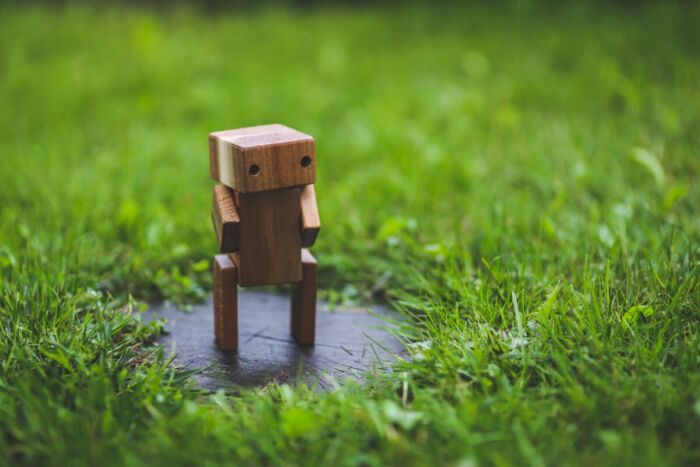
In the last few years robotics has completely assimilated the concept of sustainable development. The robots of the future, in fact, will be eco-sustainable, energy efficient and will have the task of collecting, analyzing and processing data from ecosystems at risk.
Technology, therefore, appears to be one of the main allies to make human activities more compatible with nature, and above all, to obtain information from the external environment.
Thanks to the evident progress of recent years, it has been possible to create “green” robots, made up of recycled and biodegradable materials and powered by renewable energy sources, with the task of collecting the information necessary to protect the animal and plant species that populate the area object of the robot analysis.
SlothBot: to save endangered ecosystems
SlothBot is a robot that moves slowly just like a sloth, which has an essential task for the survival of the endangered species of our planet.
It was designed by engineers from the Georgia Institute of Technology and is printed entirely in 3D. Furthermore, its coating has been designed to protect its internal components from bad weather.
The prototype, moving through the trees silently and very slowly, like a real sloth, will in no way disturb the animals that will populate the area subject to the analysis of this marvel of technology.
The robot will have the delicate task of collecting information on the surrounding environment, in particular by monitoring the health of animal and plant species, but also environmental parameters, in order to protect ecosystems at risk.
The model is also energy efficient as it is powered by solar energy. In fact, when it needs to recharge, it has been programmed to proceed autonomously in search of the sun’s rays, avoiding any form of waste and consumption.
The data collection, analysis and processing capabilities make it usable also in other sectors. The next goal, in fact, will be to use the robot in South America to obtain information on frogs in danger of extinction and on the pollination of orchids.
SlothBot, therefore, could also be used in the world of agriculture, to minimize the impacts and consumption of water and resources.
Octopus: to clean up the seas
Octopus is a jewel of technology created by the Institute of Bio Robotics of the Sant’Anna University of Pisa. Like a real octopus, it has eight tentacles that allow it to move smoothly on any surface and to collect the objects it encounters in its path. Unlike the rigid models, Octopus falls into the category of soft robots, whose soft materials that compose it, allow to make movements in confined spaces and rough terrain, as well as guaranteeing a certain impact resistance.
The movements of its tentacles perfectly mimic those of a royal octopus. When an electric current is applied, Octopus contracts and then returns to its original shape, thus perfectly mimicking the movement of a muscle.
To address the phenomenon of plastic present in the seas and oceans, it is necessary not only to analyze the surface, but also and above all the seabed. In this sense, the robotic octopus has the ability to explore inaccessible areas in order to assess the level of pollution in the most remote areas of the seabed.
Both Sloth Bot and Octopus therefore represent robotics models perfectly compatible with the principles underlying sustainable development.
In order to realize a truly more sustainable future, technological innovation and robotics will be essential to be able to identify an increasing number of solutions to be able to protect the planet from pollution and the phenomenon of climate change.